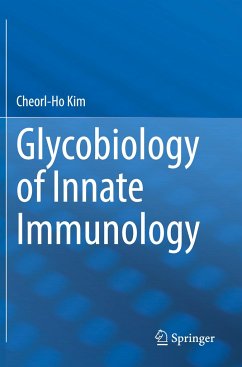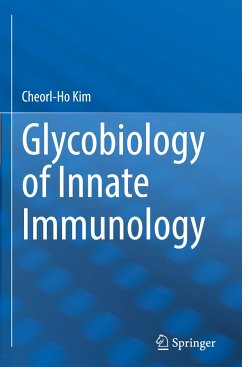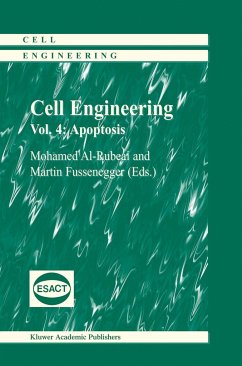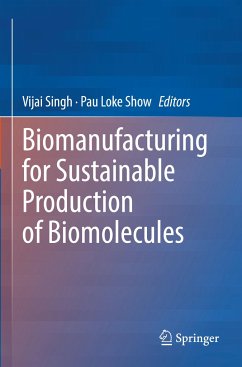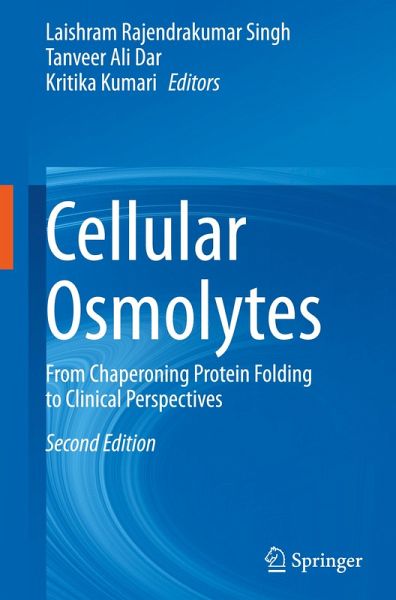
Cellular Osmolytes
From Chaperoning Protein Folding to Clinical Perspectives
Herausgegeben: Singh, Laishram Rajendrakumar; Dar, Tanveer Ali; Kumari, Kritika

PAYBACK Punkte
83 °P sammeln!
The second edition of this book presents the role of osmolytes in human health and diseases. Some of the chapters deal about the possibility of the use of osmolytes as diagnostic biomarkers and potential drug design for neurodegenerative and other human diseases. Other chapters also include reviews on the role of osmolytes in cancer, metastasis, infectious diseases, metabolic disorders, immunological disorders, and tissue regeneration. Importantly, the book also contain recent updates on the role of naturally occurring osmolytes in protein folding pathway, protein stability, and their underlyi...
The second edition of this book presents the role of osmolytes in human health and diseases. Some of the chapters deal about the possibility of the use of osmolytes as diagnostic biomarkers and potential drug design for neurodegenerative and other human diseases. Other chapters also include reviews on the role of osmolytes in cancer, metastasis, infectious diseases, metabolic disorders, immunological disorders, and tissue regeneration. Importantly, the book also contain recent updates on the role of naturally occurring osmolytes in protein folding pathway, protein stability, and their underlying mechanisms. The book also covers the aspects that osmolytes could promote conformational alterations of transcription factors that favor metastatic behavior. Potential of the osmolytes in the various process of vaccine development, including enhancing the efficacy, production, and purification steps are also succintly described. Towards the end, the book also elucidates the use of specific molecules for the prevention of toxic gain of functions and restoration of function to disease-causing mutant protein. This book is an invaluable asset for the researchers especially working in osmolyte biology and scientists involved in basic and clinical research particularly neurodegeneration, diabetes, cancer, and metabolic disorders.










